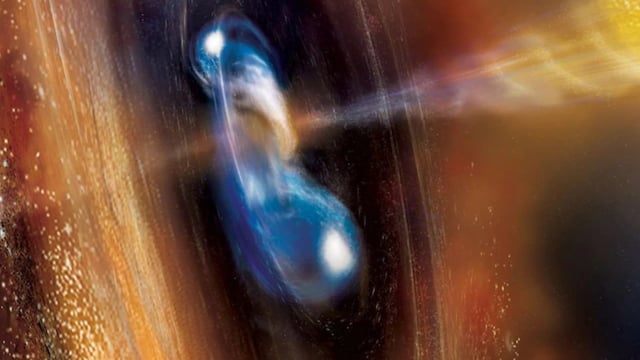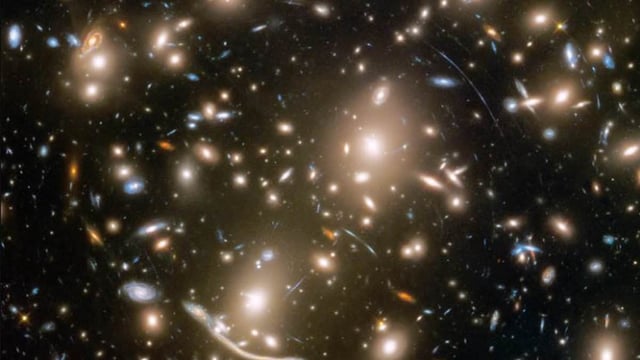Overview
- The model, developed by teams at Cornell University and Shanghai Jiao Tong University, treats dark energy as an ultra-light axion field paired with a negative cosmological constant.
- It predicts cosmic expansion will slow and peak at about 69% above today’s scale in roughly 7 billion years before reversing into contraction.
- Final collapse into a Big Crunch is projected about 33.3 billion years after the Big Bang, implying roughly 20 billion years remain until universal collapse.
- Researchers emphasize significant margins of error in the model and acknowledge that eternal expansion remains a viable alternative.
- Major forthcoming surveys, including the Dark Energy Survey and the Dark Energy Spectroscopic Instrument, will provide data to validate, refine or challenge the Big Crunch prediction.



